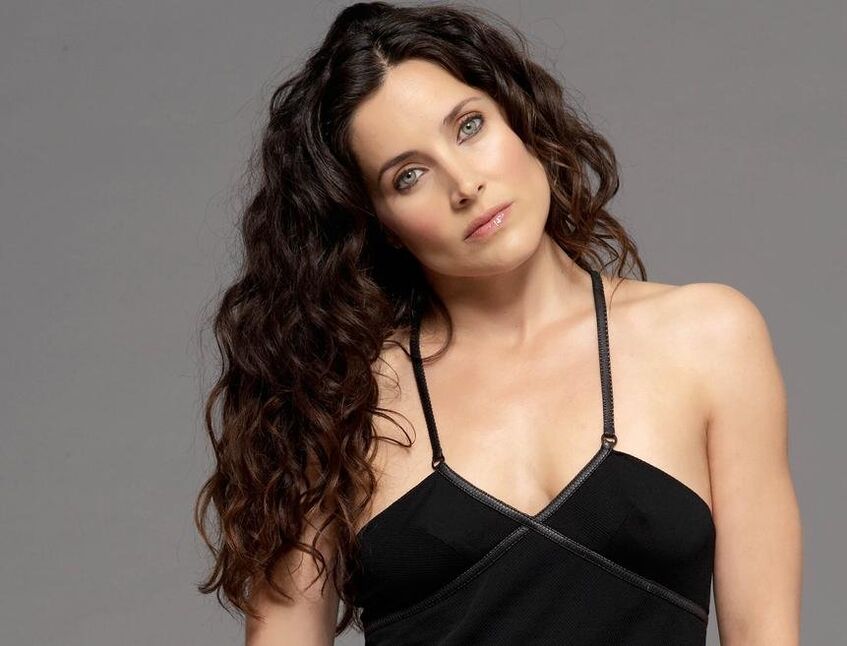
Primitive rhinoplasty was first performed in ancient India. At the time, it was customary for thieves to cut off their noses for their atrocities, and artisans made a new one from leather taken from other parts of the body. Today, the methods have been further developed and allow the shape to be changed or restored almost painlessly and safely.
While rhinoplasty is still a highly sought-after cosmetic surgery service, plastic surgeons note that it has the lowest patient satisfaction score compared to other aesthetic procedures.
Some surgeons see the source of the problem in the fact that patients have unreasonably high expectations for surgery. Others acknowledge that rhinoplasty is one of the most demanding cosmetic surgeries, so there is always a chance of unsuccessful results.
Indications for rhinoplasty
There are two types of this plastic surgery: restorative and cosmetic. The first may be recommended by your doctor to correct problems that interfere with your body's physiological processes (such as difficulty breathing due to a nasal injury). The second type is used to restore or modify the form. Accordingly, signs of the procedure may be congenital anomalies or nasal injuries. In addition, rhinoplasty of the nasal tip is often performed in order to slightly change its appearance, making it more attractive.
How is a rhinoplasty done?
In most cases, this plastic surgery is performed so that the scars are invisible. To do this, incisions are made inside the nostrils. The surgeon then performs a series of manipulations to change the shape and size of the nose. Sometimes an implant or even cartilage can be implanted during the procedure. At the end of the surgery, a bandage and plaster are placed on the face to fix the result, and a swab is placed in the nostrils. Rhinoplasty rarely lasts more than an hour and a half, after which the patient can leave the clinic in one day.
How to choose a good doctor?
Although rhinoplasty is a fairly common procedure, it is still complicated. Therefore, it is important to find an experienced surgeon. But the point here is not to overdo it, as older doctors are less able to absorb new information and therefore do not use modern methods in their work.
Of course, the best advisors in choosing a surgeon are your friends or relatives who have already turned to professionals with similar problems. If not, you are sure to find specialized resources on the Internet with physician reviews and customer reviews.
The final decision is made when you visit several surgeons and look at the results of the work. During the consultation, be sure to ask your doctor about your education, place of practice, and the clinics where you have worked in the past. He will also tell you immediately what results you expect from your rhinoplasty. The specialist will select the most appropriate surgical method for you and provide all the information about the course of the procedure. Pay attention to the answers: they must be accurate, understandable and fast. If the interlocutor is hesitant, he or she has something to hide and it is better to turn to another professional.






















